Fujifilm has just announced the Instax Mini Evo, their latest instant film camera. A hybrid film/digital camera, the Mini Evo looks poised to offer everything that Instax shooters crave; instant printing to Instax film, creative control and 100 different film and lens effects, the ability to edit shots digitally and share them to the users’ cell phones for sharing on social media, an analogue-like lever for printing images, and “luxurious styling.”
Wow, that’s a lot of stuff! But wait, there’s more!
From Fujifilm’s press release :
“The “mini Evo” comes with ten lens effects including “Soft Focus” and “Light Leak” as well as ten film effects including “Monochrome” and “Retro.” These two types of effects can be combined freely to create 100 different shooting effects so that users can express their emotions through instax prints. Furthermore, resolution of exposure has been doubled compared to the previous models to achieve greater print quality. The “instax-Rich” mode for rich colors and the “instax-Natural” mode for softer touch can be also chosen according to personal preference.
The camera’s main body sports a classic design with a sense of luxury. The use of silver coating on its body results in sophisticated presence. The print lever, lens dial and film dial are designed with attention to the finest details including operation sound to create an operational feel similar to analog cameras.
Using the smartphone app “instax mini Evo” will significantly broaden the enjoyment of photography with instax. The “DIRECT PRINT” function allows the use of the “mini Evo” as a smartphone printer, printing pictures taken with a smartphone. The app also has the “SAVE PRINTED IMAGES” function for the first time, allowing users to save a photo, printed with the “mini Evo,” in a smartphone as an image decorated with an instax frame, making it possible to share pictures with popular instax frames on social media with ease.
The Instax Mini Neo also sports a handful of functions that elevate it above most standard instant cameras. These include :
- Dedicated app (Android and iPhone) to link with a smartphone for further broadening photographic enjoyment.
- 3.0 inch LCD display on the back for live view photography, reviewing photos, and choosing which photos to print.
- 28mm (equivalent) F/2.0 lens.
- Built-in memory for storage of 45 photos.
- Micro SD card slot for additional storage.
- Adjustable ISO from 100 to 1600
- Shutter speeds from 1/4 to 1/8000th of a second (that’s fast!).
- Auto exposure system with Through the Lens metering.
- Exposure compensation +/-2.
- Built-in rechargeable Lithium Ion battery (can print approximately 100 photos per charge).
The new camera releases in Japan in December of 2021. Those of us in other territories will be waiting a little longer. The United States and Canada will get their first shipments in February of 2022. The camera will cost $199.95 USD ($249.99 CAD).
My Thoughts on the Instax Mini Evo
The takeaways of this announcement, for me, are primarily concerned with a few key points.
Here’s what I like.
To start, the camera’s 28mm F/2 lens sounds wide and fast, two things I appreciate in a lens. This fast lens paired with the camera’s adjustable ISO means that there’s some versatility here for low light shooting, which sounds great. Through the lens metering sounds great, as does exposure compensation and a pretty versatile shutter speed range.
As I mentioned the last time I reviewed one of Fuji’s hybrid digital Instax film cameras, the ability to keep shooting when we run out of film is great, and not being forced to print every shot is also great. I expect I’ll enjoy these features in the new Mini Evo as well.
Lastly, it’s a great looking camera. Though I’m now a bit spoiled by the high design of the Instax Square SQ1 that I reviewed not long ago. Give me this new Mini Evo in a mint green colorway and I may just swoon.
So, all of that sounds great.
Here’s what I’m not so sure about.
The resolution, though Fuji says it’s better than any of their Instax cameras which came before, is still pretty paltry (about 4 megapixels). While that’s probably enough to max out the potential of Instax Mini film, I’m always wishing for more clarity. Some shots on earlier Instax cameras are simply lacking in detail. While that’s probably a limitation imposed by the film, more resolution might help.
The analog-style advance lever which is used to print the images seems neat. My only concern is that it’s built well enough to withstand a lot of actuations, and I hope that it doesn’t feel cheap. We’ll see when I get my hands on one.
I have some reticence about Instax Mini as a film format. As I mentioned in my Square SQ1 review, I think Mini film is just too… mini. But then again, it’s the least expensive instant film around, so there’s a value trade there.
I love instant film cameras, and I’m pretty excited to try the newest model from Fuji. As soon as the Instax Mini Evo is released in the USA (February, 2022), I’ll have my friends at B&H send me a copy for review, and I’ll let you all know what I think.
See all of our Instant Film Camera reviews here!
Shop my store for your own (vintage) instant camera
Buy a new instant camera from B&H Photo
Follow Casual Photophile on Facebook and Instagram
[Some of the links in this article will direct users to our affiliates at B&H Photo, Amazon, and eBay. By purchasing anything using these links, Casual Photophile may receive a small commission at no additional charge to you. This helps Casual Photophile produce the content we produce. Many thanks for your support.]

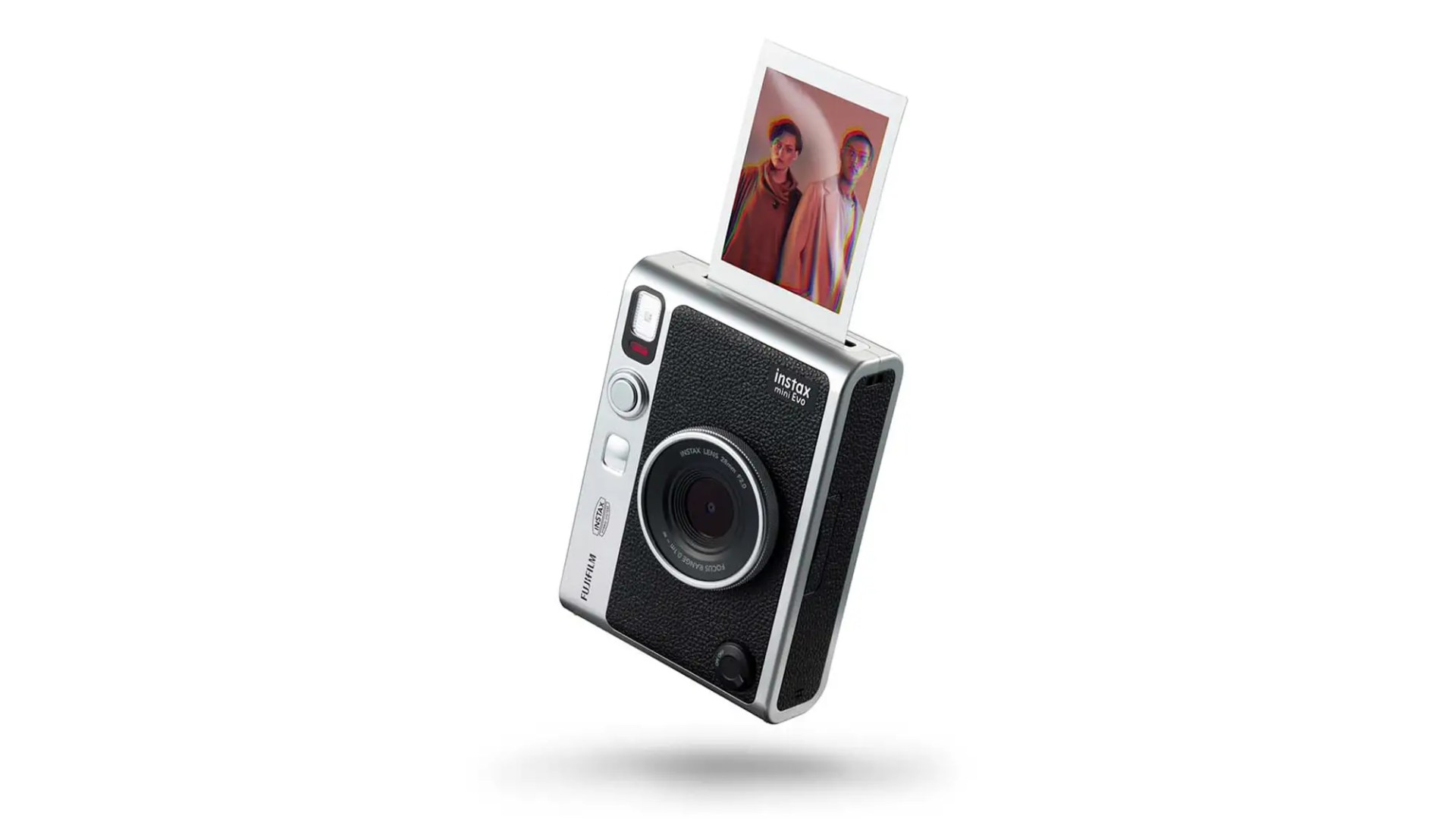
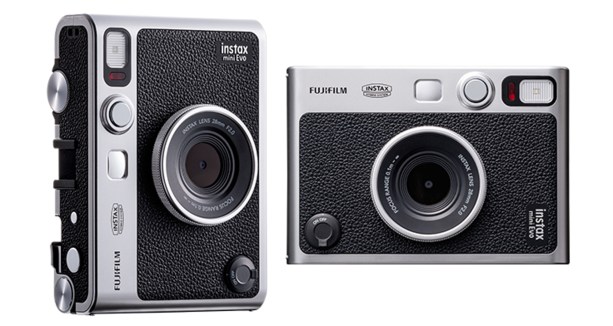
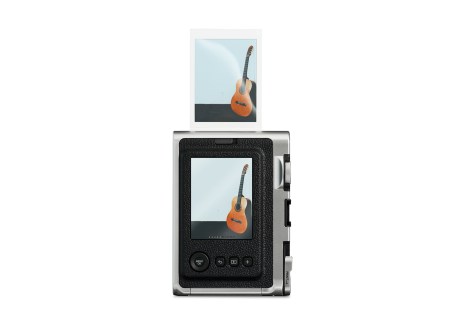

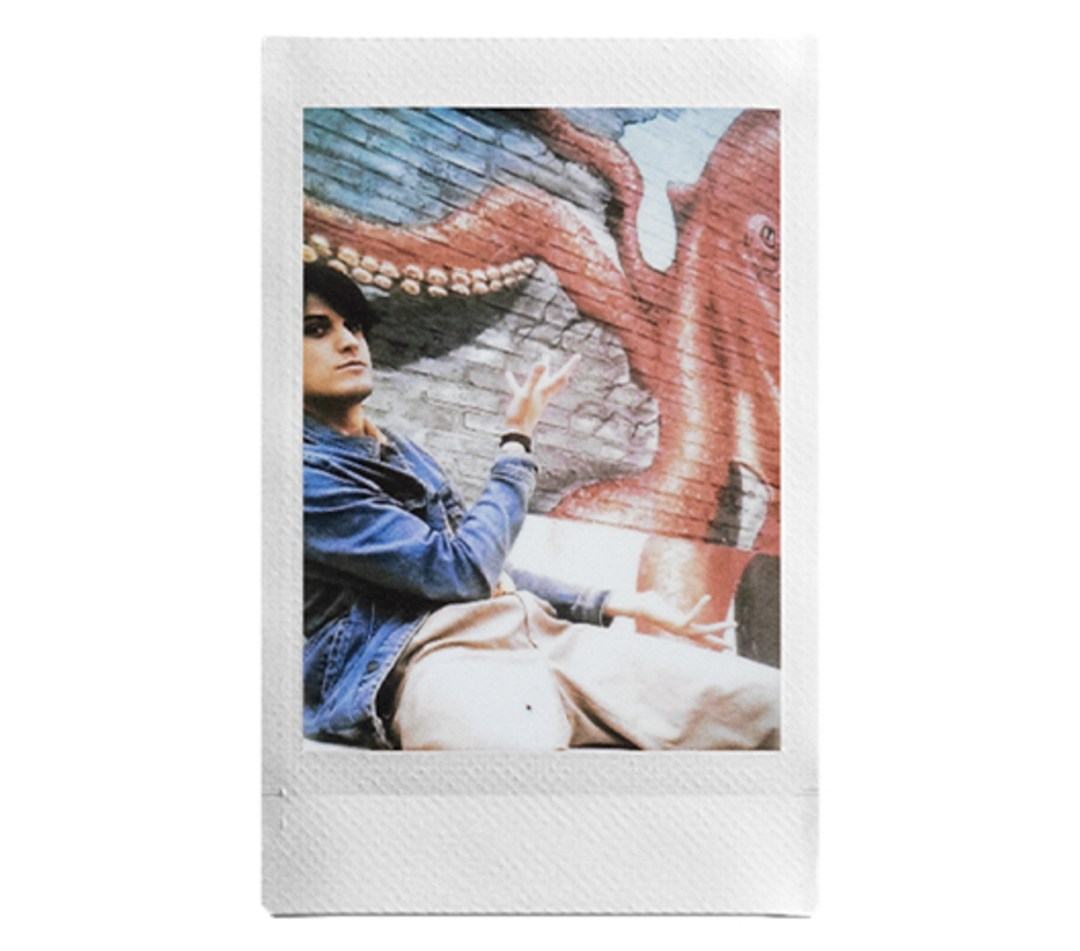
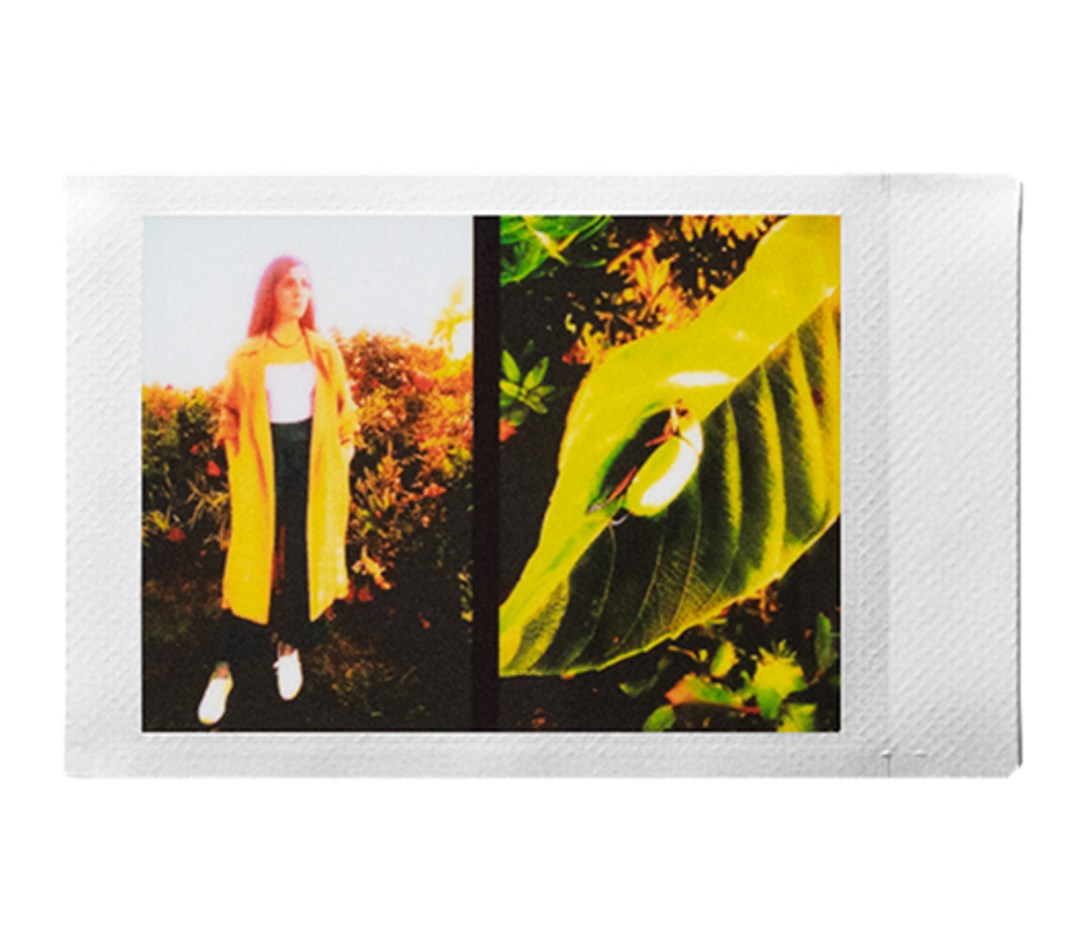

4mp not enough? I’ve printed great A4 images from a 4mp Canon G2. It would appear that 4mp is nowhere near an issue for the much smaller Instax mini images. So isn’t the IQ a problem with the low resolution mini prints or the system itself? And increasing resolution won’t improve matters, will it?